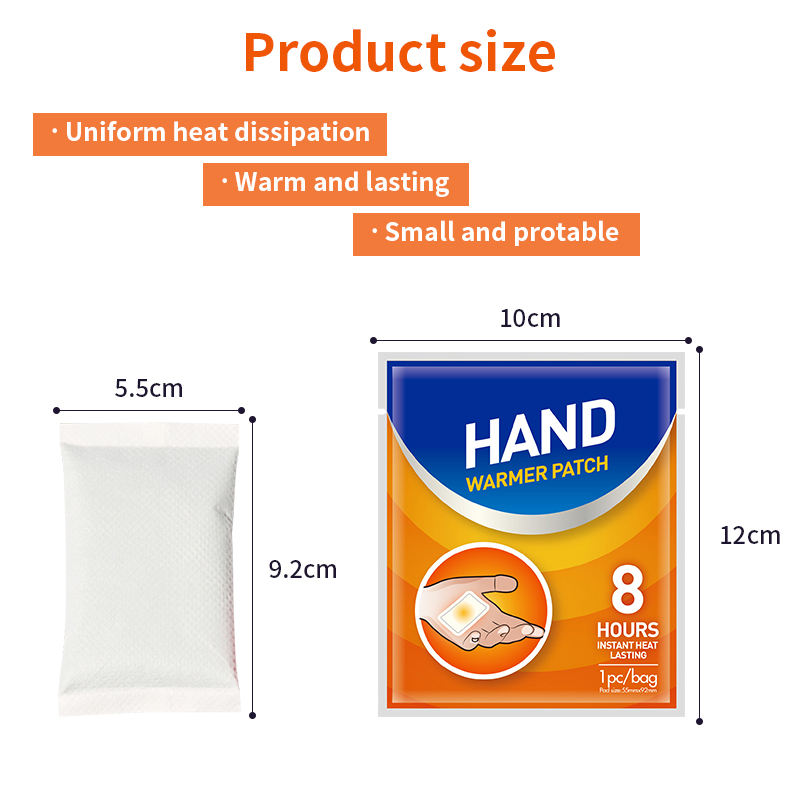Portable hand warmer patches utilize chemical reactions to generate heat when activated by air exposure. While convenient for keeping hands and body warm in cold conditions, verifying product safety is paramount for consumer use. Various assessments and regulatory standards help confirm these warming patches pose minimal risks if used properly. Here we detail key safety evaluations and compliance considerations in commercializing disposable hand warmers.
- Internal Safety Testing
Reputable hand warmer manufacturers conduct rigorous internal testing before bringing products to market. Testing evaluates potential health and fire hazards from issues like chemical leakage, adhesive reactions, burn dangers, choking/ingestion risks and more during intended product usage across wearers of different demographics. Strict safety protocols guide testing on ingredient exposure levels, flammability thresholds and use conditions to ensure negligible risks for consumers when following packaging instructions. - Third-Party Safety Certifications
Trusted independent bodies like UL and Intertek provide third-party safety certifications after assessing disposable hand warmer designs based on established standards. Certifications like UL 30 and Intertek ESA evaluate factors such as leakproof seals, materials screening, adverse skin reaction testing and extreme temperature testing under normal use conditions. Securing recognizable third-party safety certs builds consumer trust in responsible product testing. - Regulatory Registration and Compliance
In addition to voluntary testing and certification, hand warmer patches must adhere to evolving regulatory safety standards and registration requirements that vary by country. In the US, the Consumer Product Safety Commission regulates product safety while the EPA oversees chemical registration under FIFRA. Health Canada and the EU REACH program have similar roles. Securing necessary registrations, submitting Safety Data Sheets, and meeting labeling and packaging requirements keeps products compliant as regulations change. Staying current on the regulatory landscape is essential.

- Ongoing Post-Market Safety Monitoring
Just as pharmaceutical companies monitor adverse drug events in post-market reporting, hand warmer makers likewise track consumer complaints, returns and reported incidents to identify any emergent safety issues not caught during initial testing. Reporting consumer feedback to safety teams ensures continuous product improvement and risk mitigation. If new hazards emerge, timely corrective actions get undertaken like re-testing products, updating instructions or withdrawing products as warranted to maintain safety.
Prioritizing user safety drives trust in hand warmer patches. Combining rigorous internal testing, third-party certifications, regulatory compliance and post-market monitoring ensures quality standards are met over the product lifecycle. Adhering to evolving safety regulations and staying responsive to consumer reporting protects end-user wellbeing while upholding brand reputation. Safety ultimately enables successful commercialization.






